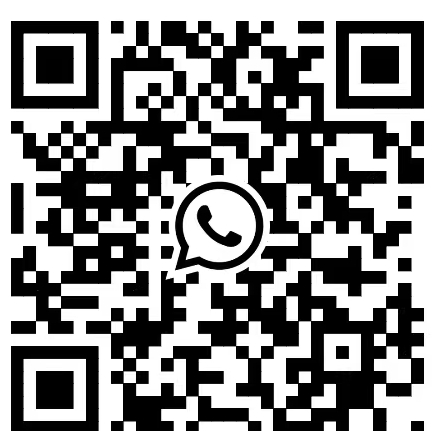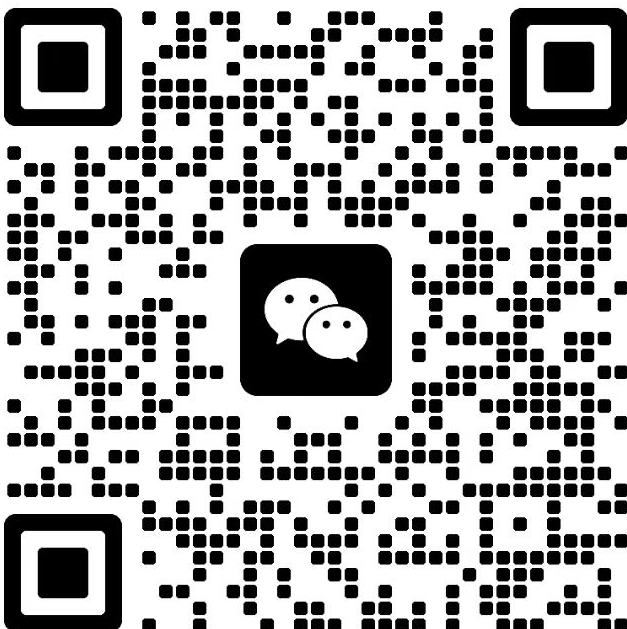How to wire the frequency meter on the distribution box?
The wiring of the frequency meter on the distribution box needs to be carried out according to the type of the frequency meter (single-phase or three-phase), rated voltage, and wiring method (direct connection or through a voltage transformer). The following are the general wiring steps and precautions:
I. Preparation before Wiring
1. **Confirm the Parameters of the Frequency Meter**
- **Rated Voltage**: Such as single-phase 220V, three-phase 380V, or 100V (secondary side) suitable for a voltage transformer.
- **Wiring Method**: Connect in parallel to the circuit (the frequency meter measures the frequency of the voltage signal and needs to be connected in parallel on the power supply side).
- **Terminal Identification**: Usually marked with **L (live wire), N (neutral wire)** (for single-phase) or **U, V, W** (for three-phase, and for some, only the line voltage of two phases needs to be connected, such as U and V).
2. **Tools and Safety**
- Operate with the power cut off. Check the electricity and confirm there is no voltage before wiring.
- Prepare tools such as a screwdriver, multimeter, and insulating tape.
II. Wiring of a Single-Phase Frequency Meter (Taking 220V as an Example)
Direct Connection (Low-Voltage System)**
1. **Wiring Terminals**
- **Live Wire (L)**: Connect to the live wire of the single-phase power supply in the distribution box (such as any one of L1, L2, and L3).
- **Neutral Wire (N)**: Connect to the neutral wire terminal block in the distribution box.
2. **Schematic Diagram**:
```
Live Wire of the Power Supply (L) → "L" Terminal of the Frequency Meter
Neutral Wire of the Power Supply (N) → "N" Terminal of the Frequency Meter
```
Connection through a Voltage Transformer (PT) (High-Voltage System)**
1. **Voltage on the Secondary Side of the PT**: Usually 100V (for example, in a 10kV high-voltage system, the transformation ratio of the PT is 10000/100).
2. **Wiring**:
- Live wire on the secondary side of the PT → "L" terminal of the frequency meter
- Neutral wire on the secondary side of the PT → "N" terminal of the frequency meter
III. Wiring of a Three-Phase Frequency Meter (Taking 380V as an Example)
*Direct Connection (Measuring Line Voltage)**
1. **Wiring Terminals**: Connect to the line voltage of any two phases (such as phase A and phase B, corresponding to the terminals U and V).
- The three-phase frequency meter only needs to measure the frequency of the line voltage of any one phase (the frequencies of the three phases are the same). Usually, connect to the U and V terminals (corresponding to the line voltage of 380V).
2. **Schematic Diagram**:
```
Phase A of the Power Supply (L1) → "U" Terminal of the Frequency Meter
Phase B of the Power Supply (L2) → "V" Terminal of the Frequency Meter
(When some meters need to be connected to the neutral wire, N is connected to the neutral wire terminal of the distribution box)
```
*Connection through a Voltage Transformer (PT) (High-Voltage Three-Phase System)**
1. **Wiring of the PT**
- The primary side of the PT on the high-voltage side is connected to the three-phase power supply (such as phases A and B), and the secondary side outputs a line voltage of 100V.
- Phase A on the secondary side → "U" terminal of the frequency meter, phase B on the secondary side → "V" terminal of the frequency meter.
IV. Precautions
1. **Voltage Matching**
- The rated voltage of the frequency meter must be consistent with the connected voltage (for example, a 220V meter cannot be connected to 380V, otherwise it will be burned out).
- In a high-voltage system, it must be stepped down through a PT, and it is strictly prohibited to directly connect to the high voltage.
2. **Wiring Method**
- The frequency meter is connected **in parallel** (connected in parallel on the power supply side, not in series). Do not confuse it with a current transformer (CT) (CT is used for current measurement and is connected in series).
- For a three-phase frequency meter, there is no need to connect all the voltages of the three phases. Just select the line voltage of any two phases (such as U-V, V-W, W-U).
3. **Grounding and Insulation**
- The frequency meter with a metal shell needs to be reliably grounded (connected to the grounding terminal of the distribution box) to prevent electric leakage.
- After wiring, check whether the terminals are tightened to avoid poor contact or sparks caused by looseness.
4. **Power-On Test**
- After the wiring is completed, close the switch to power on and observe whether the display of the frequency meter is 50Hz (the standard frequency in China), and the fluctuation range is usually ±0.5Hz.
V. Refer to the Instruction Manual
- The terminal identifications of frequency meters of different brands and models may be different (such as "V+", "V-", "AC IN", etc.). Be sure to wire according to the product instruction manual.
- If it is an intelligent digital frequency meter, parameters may need to be set (such as voltage type, transformation ratio), and configure it according to the instruction manual.
If you are not familiar with the wiring, it is recommended to have it operated by a certified electrician to avoid equipment damage or safety accidents caused by incorrect wiring.


